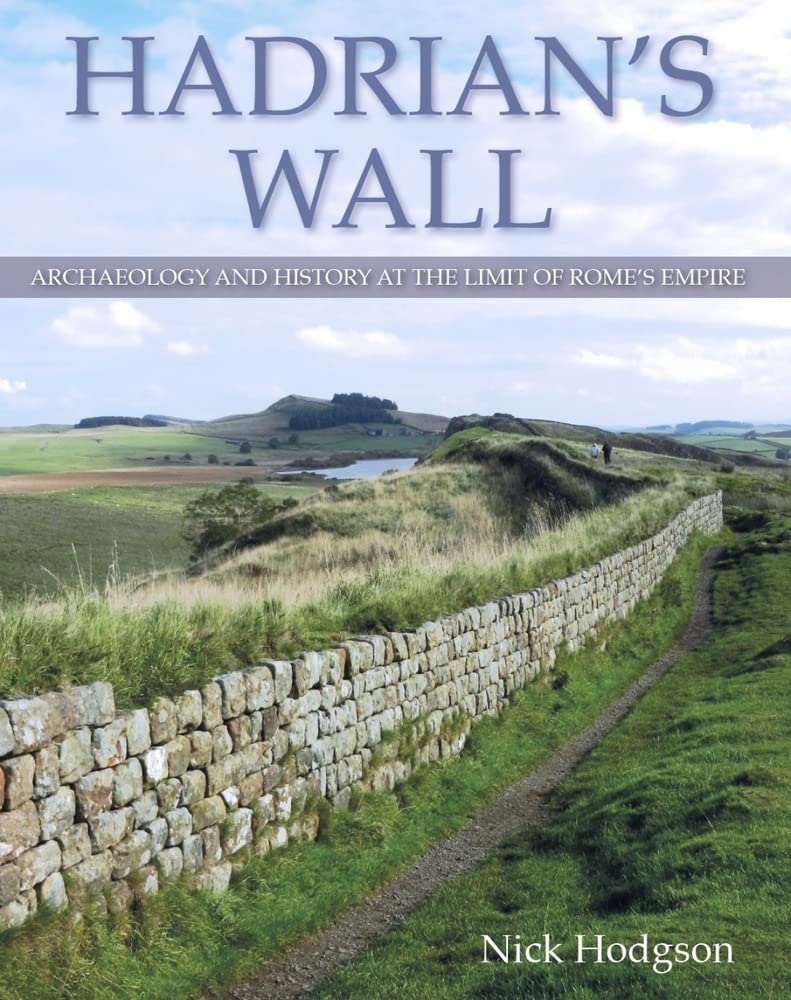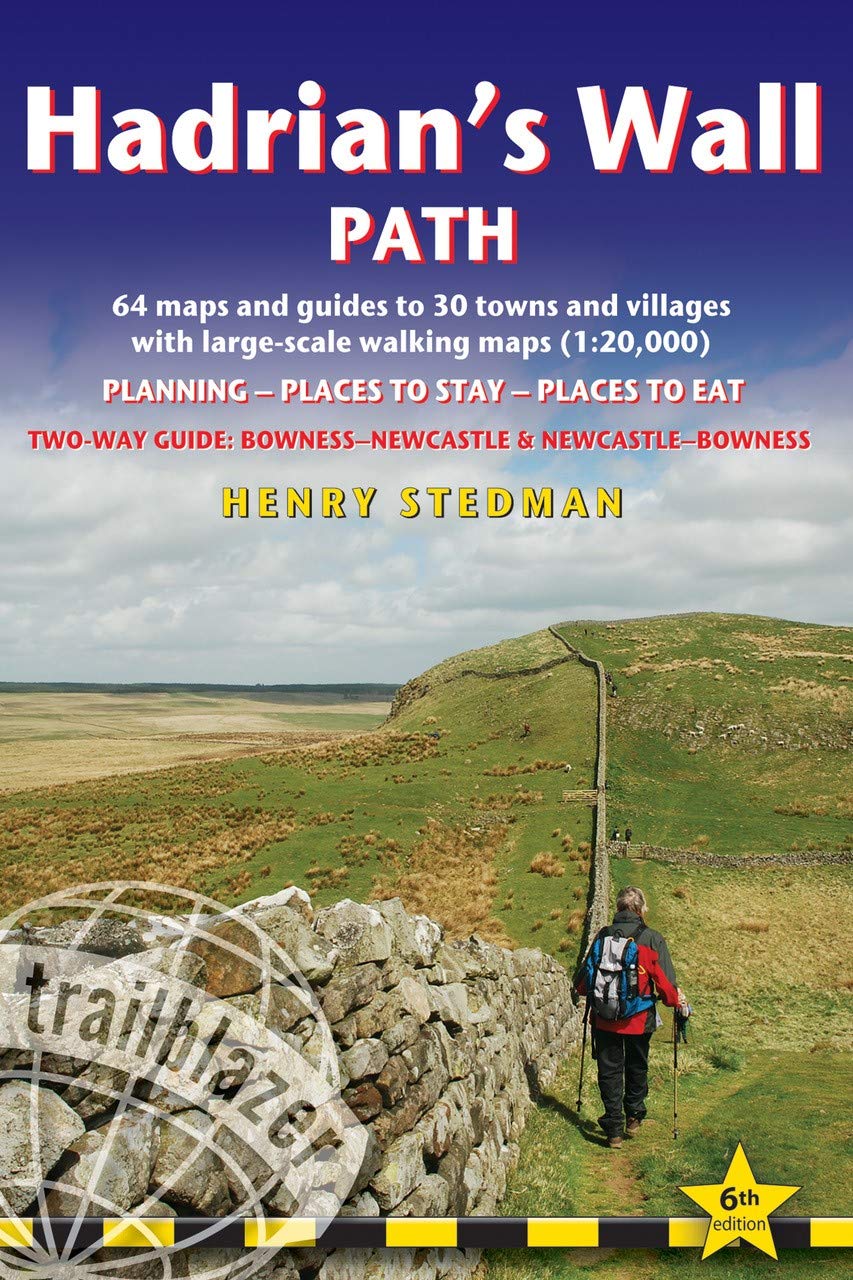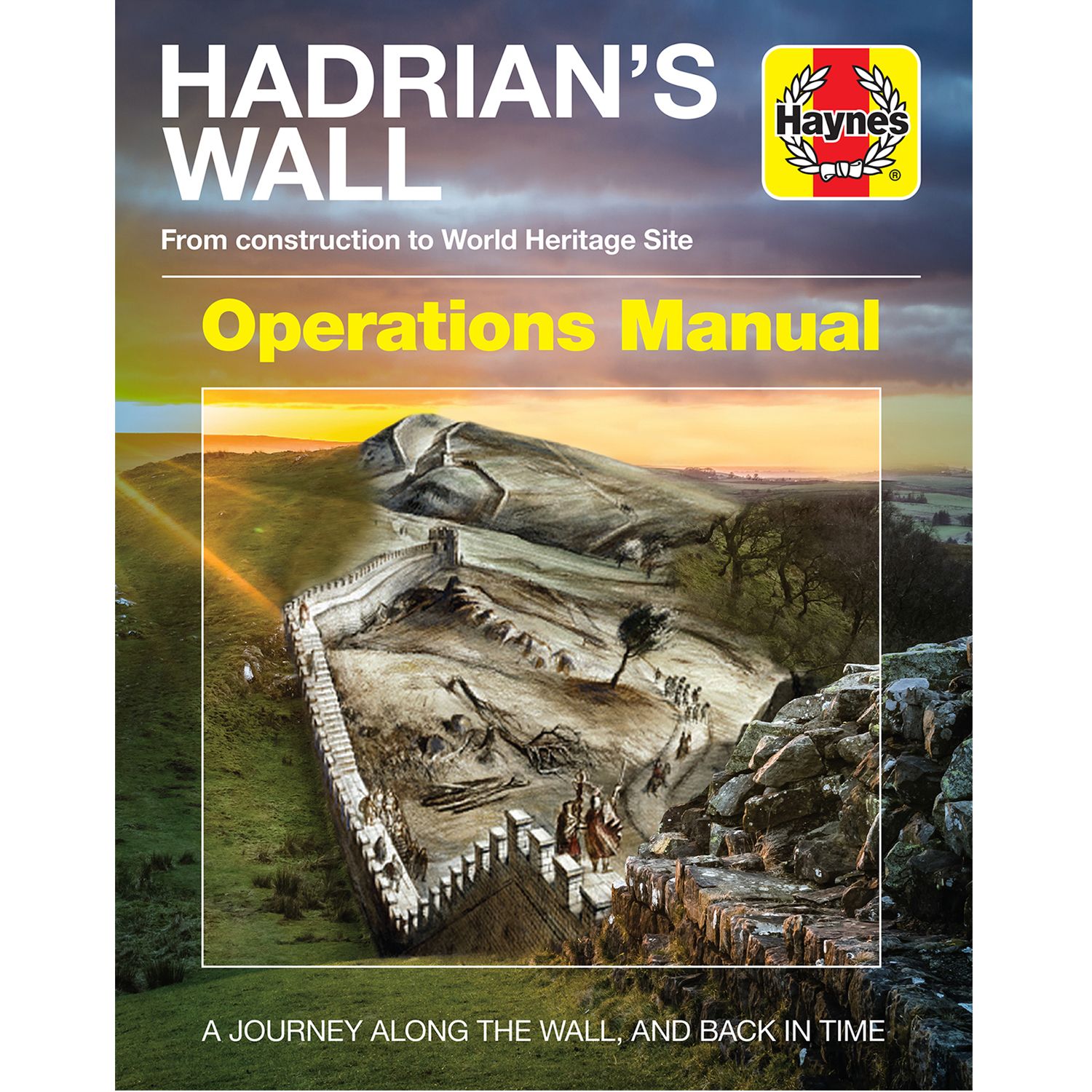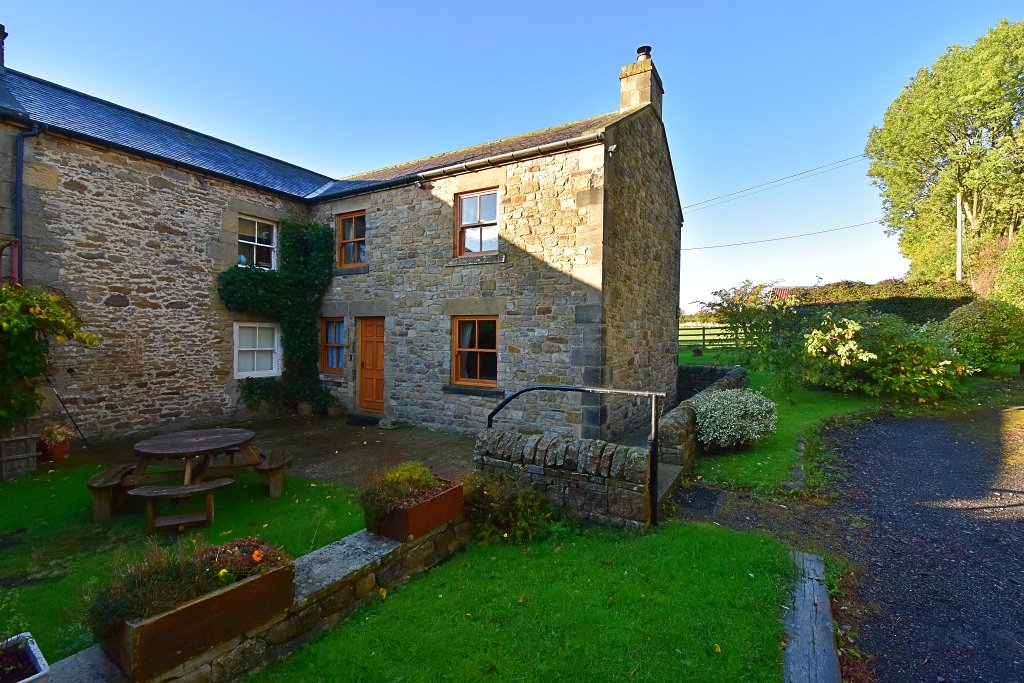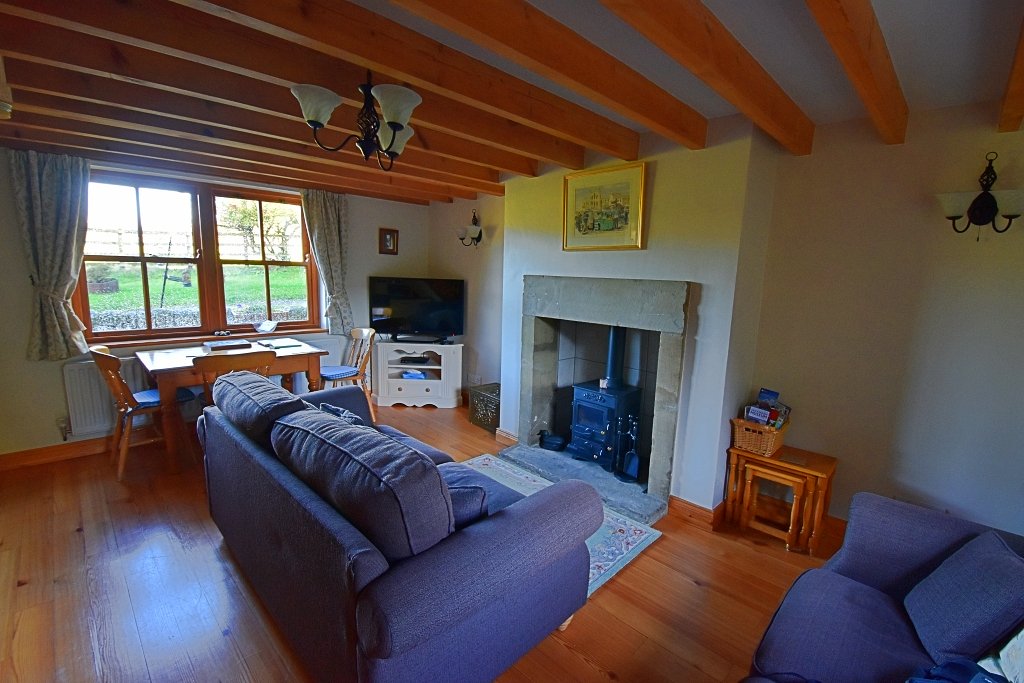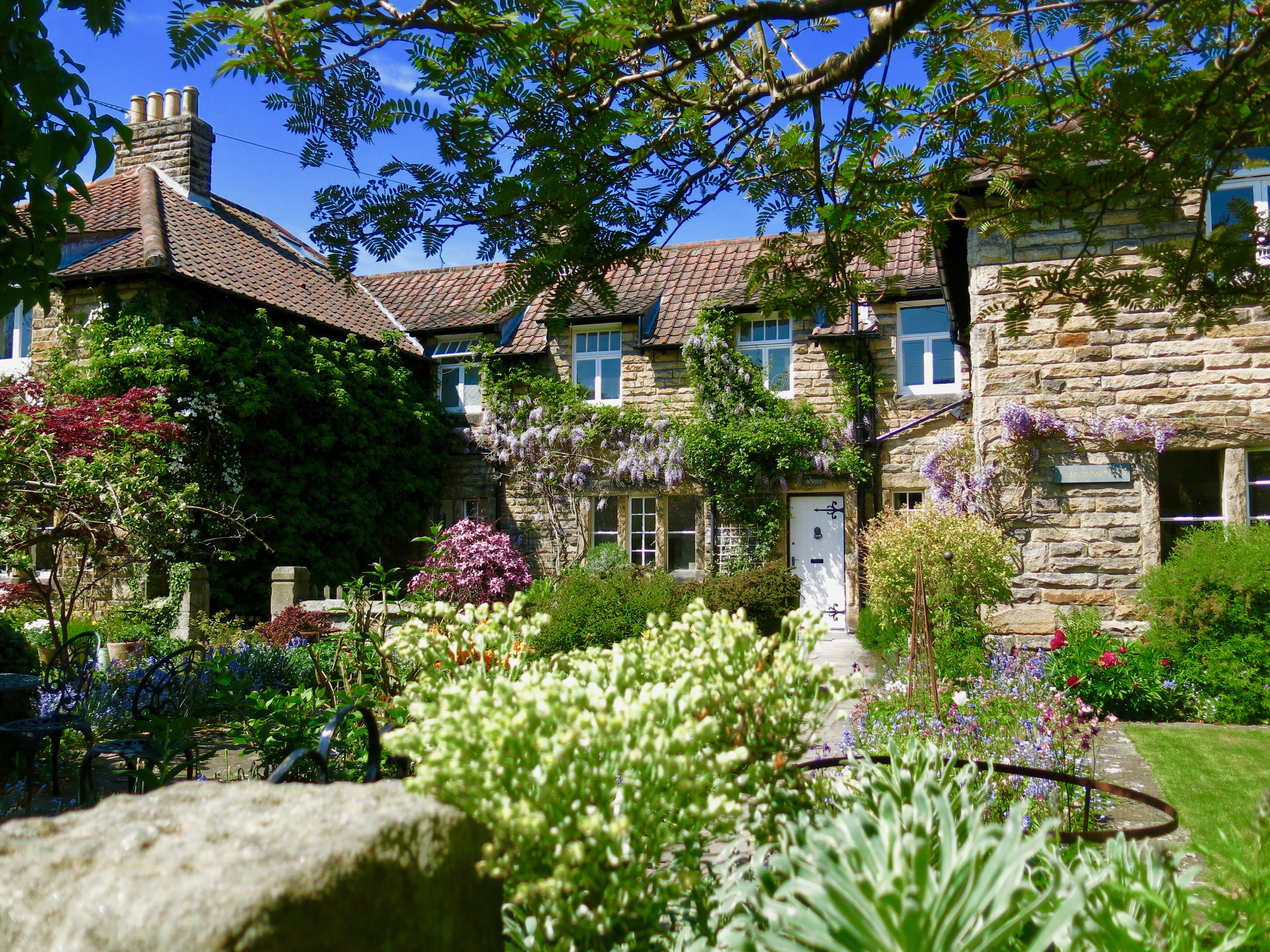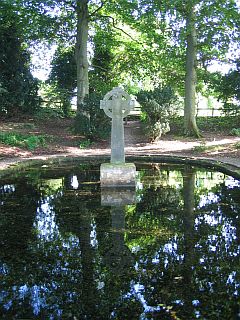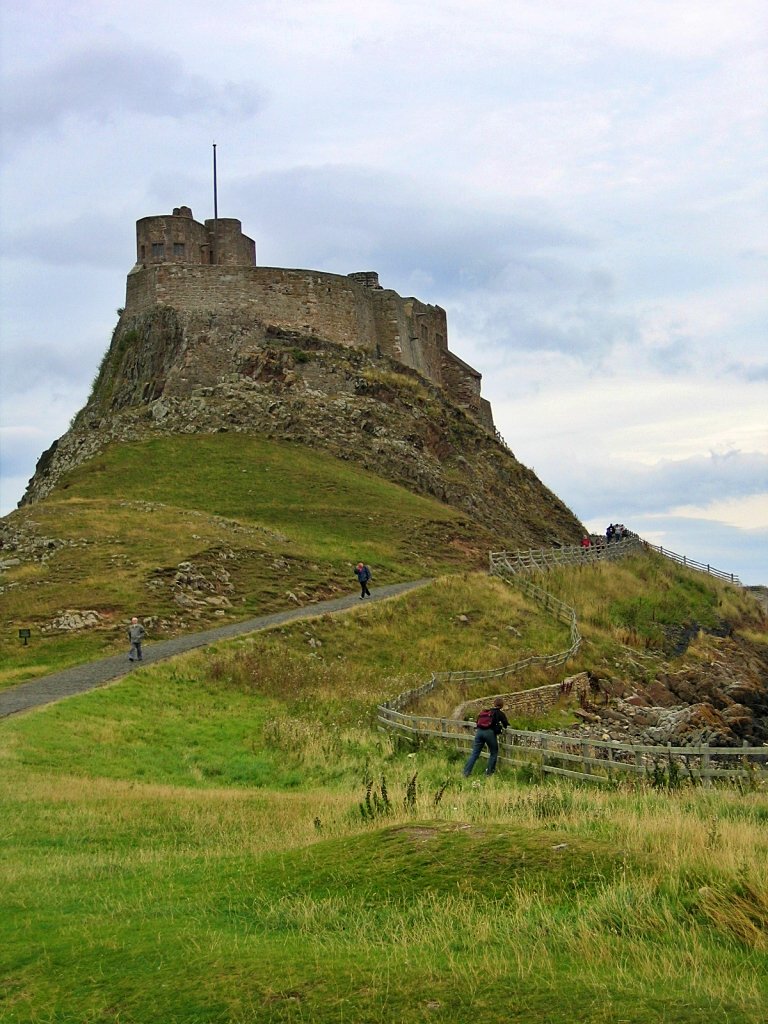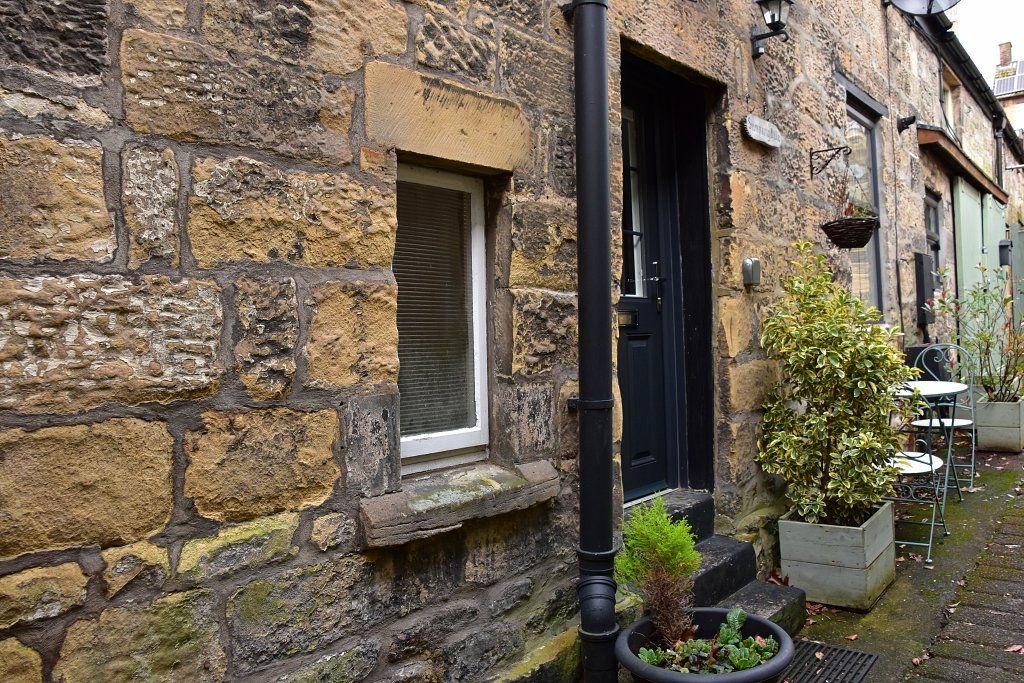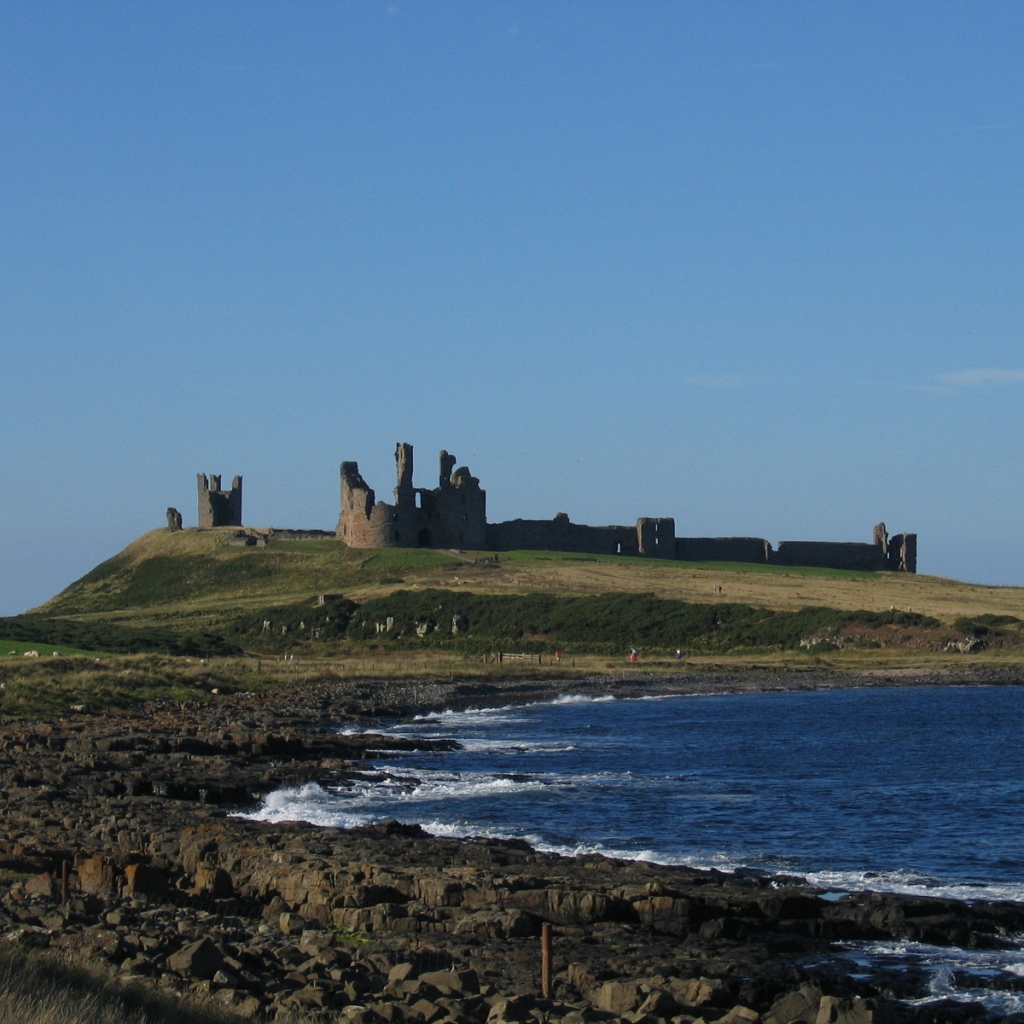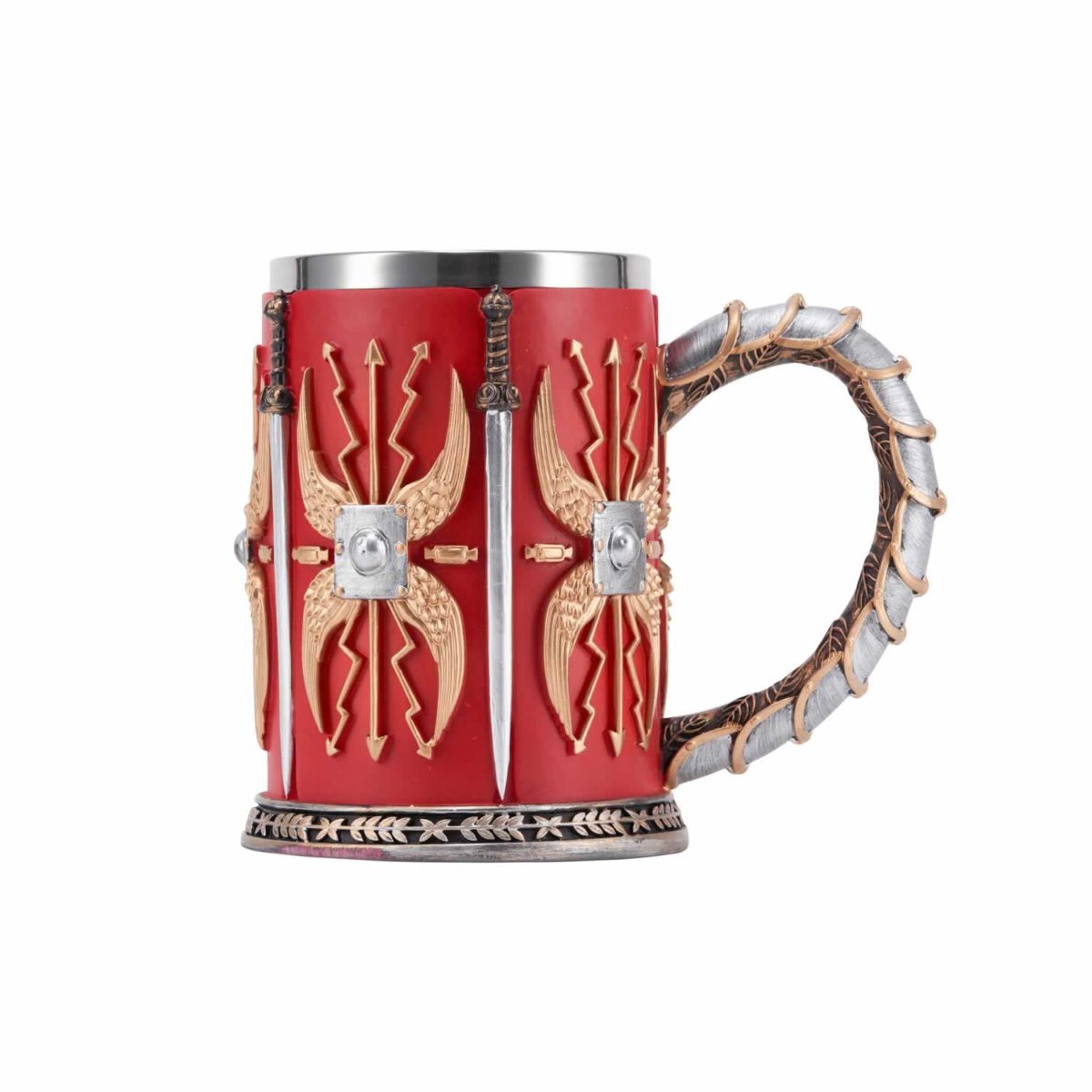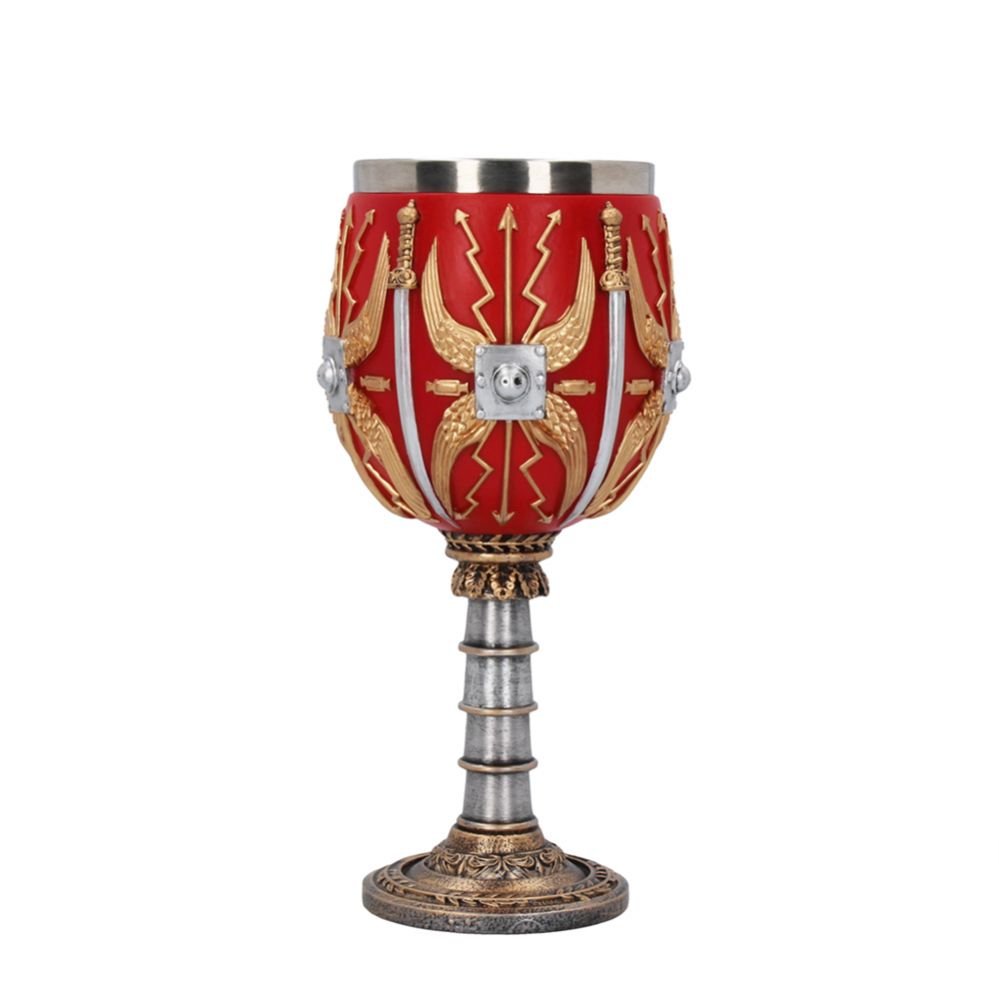Exploring Roman Britain
Hadrian's Wall
Hadrian's Wall runs across the width of England from Bowness-on-Solway in the west to Wallsend on the River Tyne in the east and is the greatest Roman monument built in England. Construction of the 73-mile-long wall started in the year 122AD after Emperor Hadrian visited Britain and saw the need to separate his empire from the northern “barbarians”. The wall crosses harsh, wild landscapes which gave the Roman builders many difficult challenges. Many parts of the wall have survived, and archaeologists have uncovered forts, towns, temples, and artefacts along the length of the wall making it a great place to learn about the Romans in Britain, their history and way of life.
In the year
43AD, Emperor Claudius led the Roman invasion of Britain. The conquest was slow. It took around thirty years for the Romans to gain control of northern England, and
another 13 years for them to command the Scottish Highlands. The Roman Empire had conquered almost the whole of Britain, but holding all that territory took money and men. In 85 AD, the Romans needed their troops to contain invasions along the
Danube frontier and made the decision to leave Scotland and withdraw to the narrowest part of Britain, where they established a defensive line between Bowness-on-Solway
and Newcastle.
Upon becoming emperor
in AD 117, Hadrian realised that his empire was only as secure as the borders it could defend. When he visited Britannia in AD 122 Hadrian, he ordered his troops to build a defensive wall along the borderline.
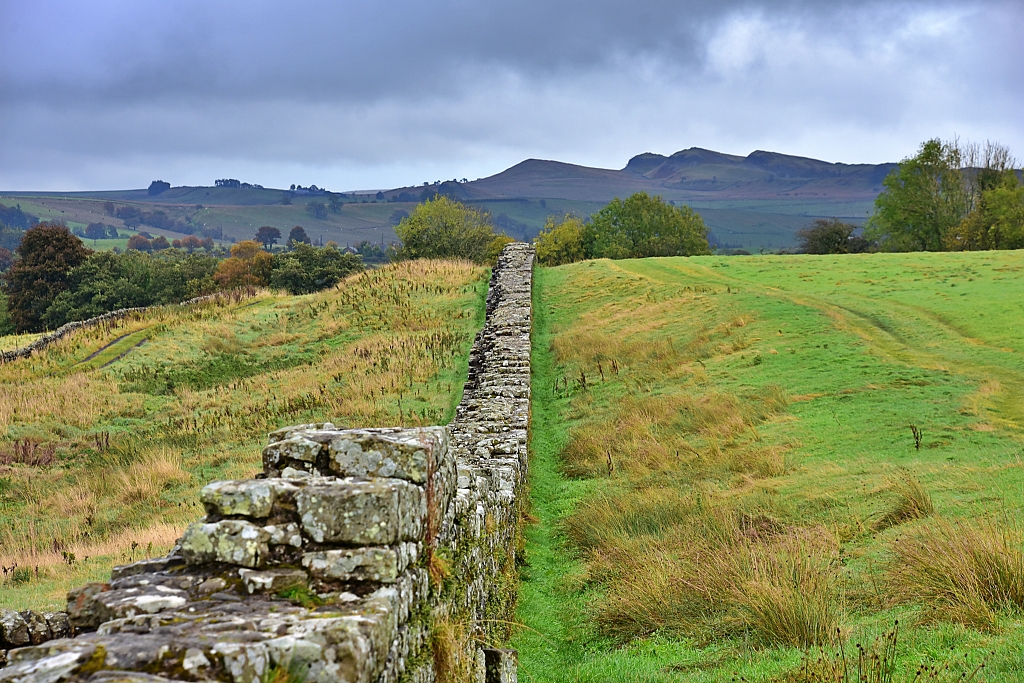 Hadrian's Wall Near Birdoswald Fort © essentially-england.com
Hadrian's Wall Near Birdoswald Fort © essentially-england.comThe wall was to be built in as straight a line as possible across the landscape. It was to be ten Roman feet wide (three metres) and twenty Roman feet high, with a defensive ditch on its northern side. There were to be small forts every mile (Milecastles) to accommodate troops, and between Milecastles there were two watchtowers, or turrets.
The first 31
miles of the western end of Hadrians Wall were originally built in turf, with the remainder
of the wall built in stone. Plans changed during its construction. Extra forts were added,
and the width of the wall was reduced by a couple of feet. On the
southern side of the wall a Vallum, two mounds with a ditch in between, formed a defensible corridor.
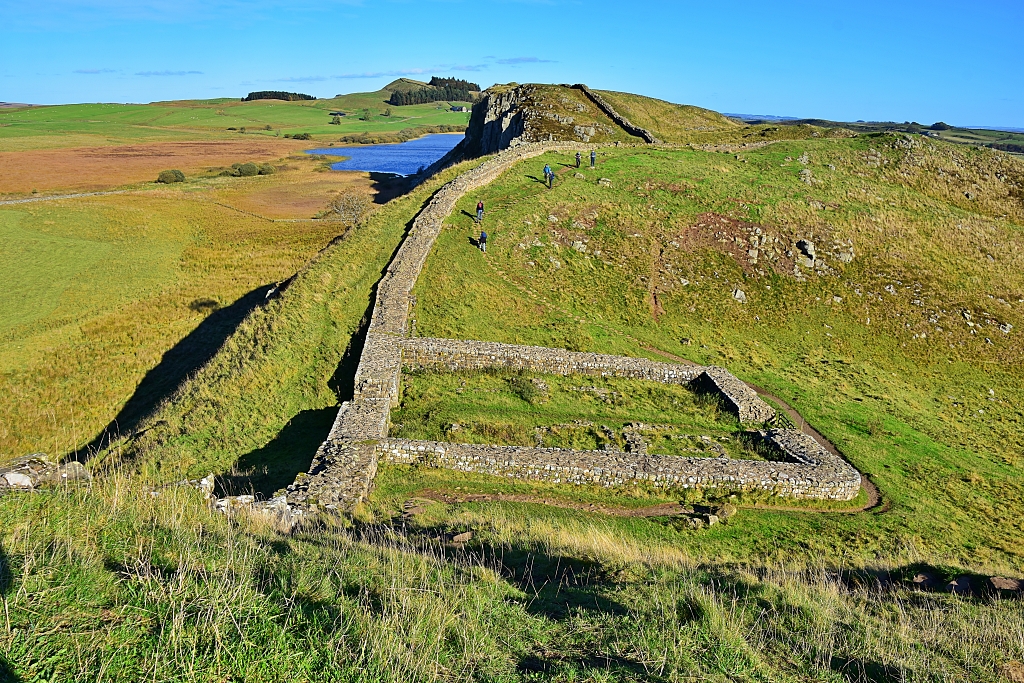 Milecastle 39 Along Hadrian's Wall © essentially-england.com
Milecastle 39 Along Hadrian's Wall © essentially-england.comThe amazing thing is that for each 100 metres of wall the Romans had to:
- Quarry, transport, and lay 96 tonnes of foundation stones.
- Quarry, transport, and lay 900 tonnes of facing stones.
- Quarry, transport, and lay 1,356 tonnes of core.
That's some
feat in the wild terrain and using the tools and equipment of 1900 years ago. And they did it in six years!
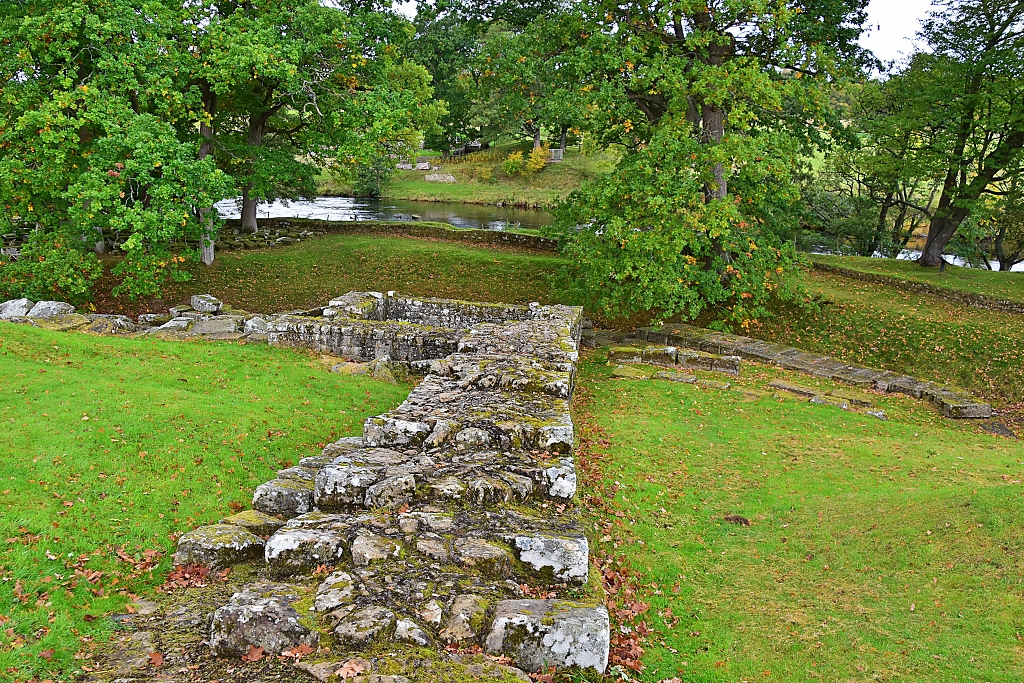 Hadrian's Wall at Chesters Roman Bridge © essentially-england.com
Hadrian's Wall at Chesters Roman Bridge © essentially-england.comAfter Hadrian's death in AD 138, his successor, Emperor Antoninus Pius, decided to increase the size of his empire. His army managed to conquer southern Scotland and started to build the Antonine Wall between the Firth of Clyde and the Firth of Forth AD 142. The 38-mile wall took between six and twelve years to complete - estimates vary due to lack of records - and consisted of a turf bank three metres high and five metres wide with a wooden palisade on top.
However, within twenty years, the Romans abandoned their Scottish territory and retreated back behind Hadrian’s Wall. In the 160’s, they rebuilt its western part in stone and refurbished the existing construction. A new superhighway, called the Military Way, was built between the wall and Vallum to make troop movement between forts easier and quicker.
And so, Hadrian’s Wall remained the northwestern frontier of the Roman empire for the next two and a half centuries!
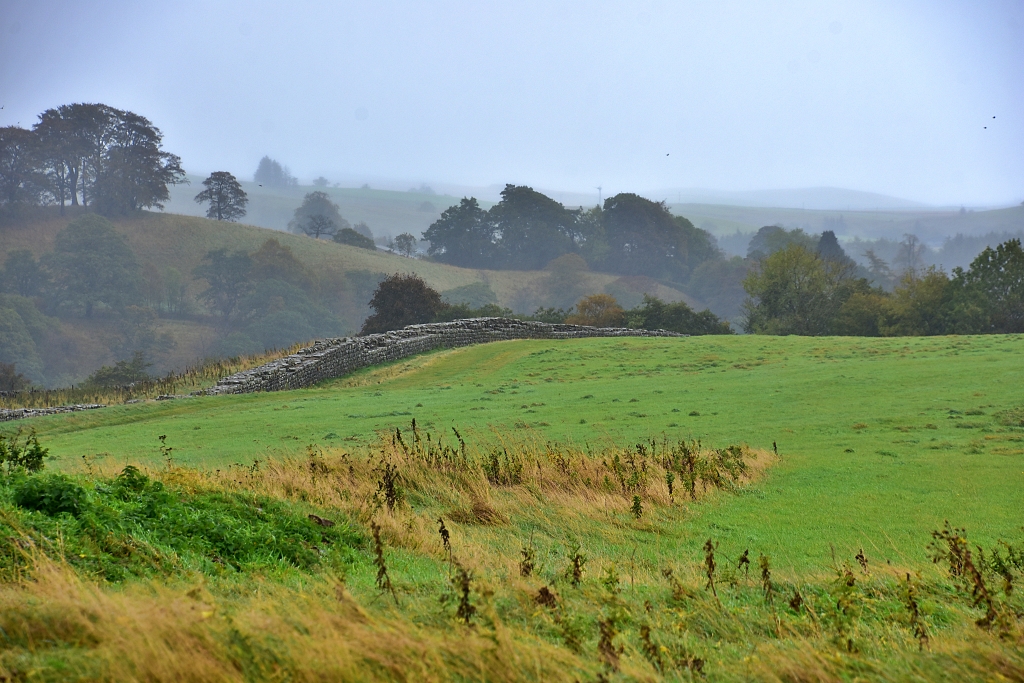 Hadrian's Wall Near Birdoswald Fort on a Murky Autumn Morning © essentially-england.com
Hadrian's Wall Near Birdoswald Fort on a Murky Autumn Morning © essentially-england.com
Roman Sites Along Hadrian's Wall
Hadrian’s Wall is a World Heritage Site and you can visit many places along its length. Some sites are large and will take hours to explore whilst others are small structures that need 5 – 10 minutes to look around. The larger, more important Roman sites will have more facilities than the smaller ones, which may even require some cross-country walking to find. And if you fancy seeing all the sites, then you could attempt the Hadrian’s Wall long distant path!
However, if like us you do not have the time to walk the length of Hadrian's Wall, you could look at a small part of what is probably the best surviving section of wall that is in outstanding countryside on our 4-mile Sycamore Gap walk.
To learn more about Hadrian’s Wall, events, and opening times visit the English Heritage website.
Here is a list of the main Roman sites which are still visible from west to east across England.
- Hare Hill
- Banks East Turret 52a
- Pike Hill Signal Tower
- Leahill Turret 51b
- Piper Sike Turret 51a
- Turret 49b
- Birdoswald Roman Fort
- Harrow’s Scar Milecastle 49 and Wall
- Willowford Bridge and Abutment
- Turret 48a
- Turret 48b
- Poltross Burn Milecastle 48
- Vindolanda Roman Army Museum
- Walltown Turret 45a
- Mucklebank Turrent 44b
- Cawfields Milecastle 42
- Caw Gap Turret 41a
- Castle Nick
Milecastle 39 - visit during our Sycamore Gap Walk
- Vindolanda Roman Fort
- Hotbank Milecastle 38
- Housesteads Milecastle 37
- Housesteads Roman Fort and Turret 36b
- Sewingshields Milecastle 35
- Turret 33b
- Carrawburgh Fort and Temple of Mithras
- Black Carts Turret 29a
- Chesters Roman Fort
- Chesters Roman Bridge
- Brunton Turret 26b
- Planetrees Roman Wall
- Corbridge Roman Town
- Heddon-on-the-Wall
- Denton Hall Turret 7b
- Benwell Vallum Crossing
- Benwell Roman Temple
- Wallsend Roman Fort
- South Shields Roman Fort
Books From English Heritage
Where we Stayed:- Moorgair Cottage near Slaley
We stayed in Moorgair Cottage near Slaley which was very convenient for visiting Hadrian's Wall and its many Roman sites as well as Hexham, Corbridge, and Heavensfield. From the visitors book we also understand there are terrific walks out to Blanchland and back. It was a beautiful cosy cottage, and we would highly recommend to anyone staying in the area.
Are You Planning to Visit Northumberland?
Where You Could Stay
There's a reason Northumberland is one of my favourite English counties. Its landscape is utterly gorgeous with long beaches and empty sweeps of hills that just beg to be walked. In between you can find small towns and pretty villages, conntected by lanes that are great on the bike as long as you have the legs for climbing. And there are holiday cottages to suit all tastes and budgets.
To see other holiday cottages in Northumberland click here. Or check out holiday cottages in other parts of England by clicking here.
Or you could try a family orientated Parkdean Resort in Northumberland.
If you need to find a hotel, then try one of these search platforms...
What You Could See and Do
Even if you stayed a month, you'd find that you don't have enough time to explore the county top to bottom and see everything it has to offer. There's plenty of history from Hadrian's Wall near Hexham to Lindisfarne in the north with reams of castles and ruins in between. There are beaches and seaside towns like Craster, Alnmouth and Seahouses - and some of the best fish & chips in all of England. There are market towns like Haltwhistle, Rothbury, Bellingham, Berwick, Warkworth and Harbottle to explore. And there are hillsides to climb and the great outdoors to enjoy.
Are you feeling in need of a holiday yet? Here are a few more pages that might give you ideas...
- Hadrian's Wall
- Berwick-upon-Tweed
- Alnwick Castle
- The Holy Island of Lindisfarne
- Take a stroll on the beach at Alnmouth
- Visit Alnwick with its famous castle and the cosy Barter Books bookshop
- Warkworth Castle
- Dunstanburgh Castle
- Cycling in Northumberland - my favourite tandem tour EVER!
- Spend the day exploring Cragside, near Rothbury, the worlds first home to have lighting powered by hydro-electricity
- Walk the St. Oswald's Way starting from Heavenfield and finishing at Lindisfarne
And if you want to explore more of Northumberland and its martial history, check out this Northumberland Castle Tour.
For more Northumberland days out return from our Hadrian's Wall page to the Northumberland page.
